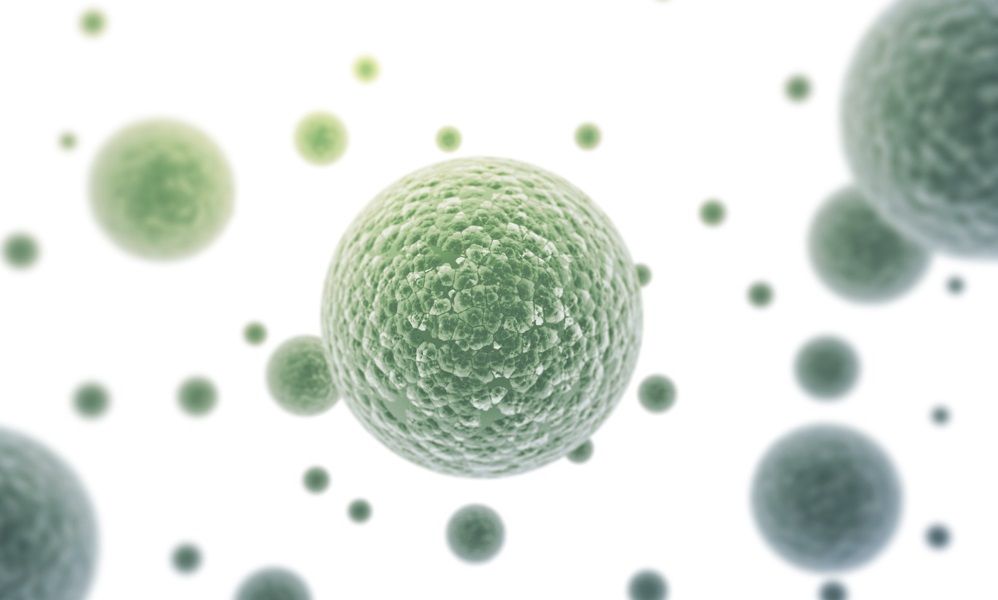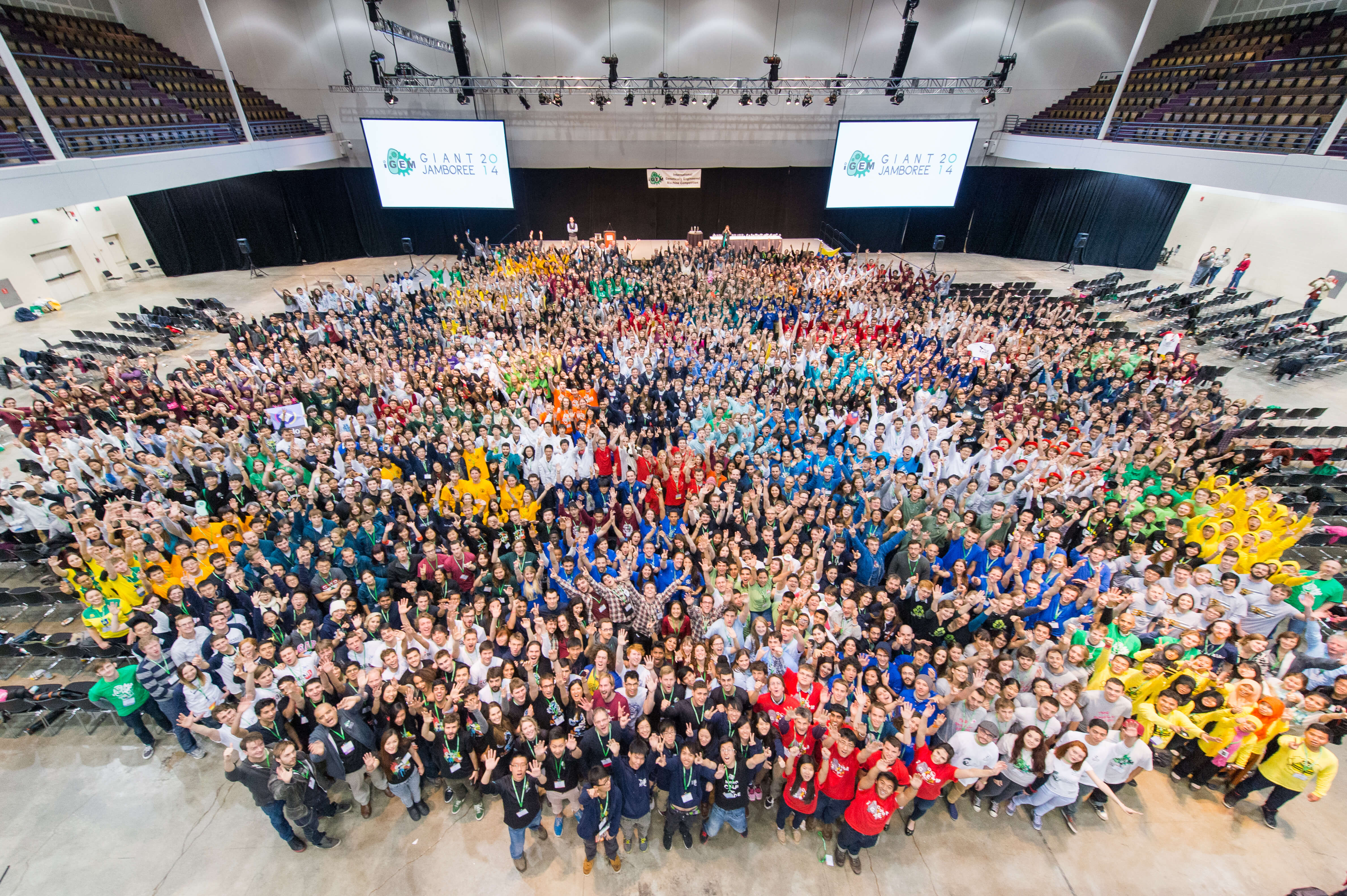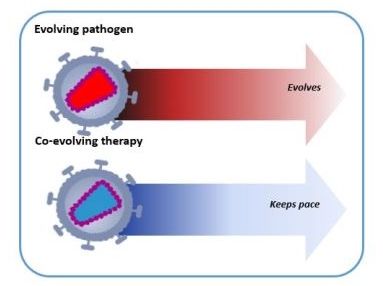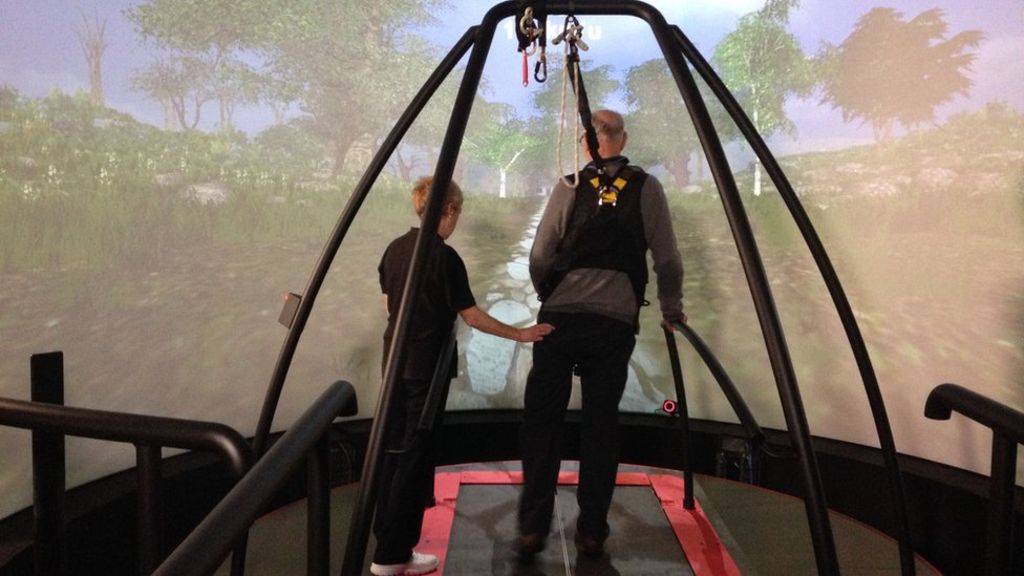Archive for the ‘biotech/medical’ category: Page 2627
Apr 8, 2016
‘Groundbreaking’ Stem Cell Treatment Could Regrow Limbs, Repair Bones
Posted by Shailesh Prasad in categories: biotech/medical, life extension
In the pages of comic books and on the silver screen, superheroes like Wolverine and Deadpool have a “healing factor” that allows their bodies to regenerate and recover from injuries or illness at an amazing rate – but certainly nothing like that is possible in real life, right?
Amazingly, a team of scientists led by John Pimanda, a hematologist and associate professor at the University of New South Wales in Australia, published a study in Monday’s edition of the journal PNAS reporting that they had successfully reprogrammed bone and fat cells into induced multipotent stem cells (iMS) – the first step to making such a repair system a reality.
As they explained in a statement, stem cell therapies using iMS cells could theoretically repair a fractured bone or fix injured spinal discs, using a technique similar to how salamanders are able to regenerate lost limbs. These treatments could radically alter the field of regenerative medicine, and perhaps most surprisingly, the authors believe they could be available in just a few years. The technique, which has been successfully tested in mice, “is a significant advance on many of the current unproven stem cell therapies, which have shown little or no objective evidence they contribute directly to new tissue formation,” Pimanda said.
Continue reading “‘Groundbreaking’ Stem Cell Treatment Could Regrow Limbs, Repair Bones” »
Apr 8, 2016
Imperial opens UK’s first synthetic-biology foundry
Posted by Amnon H. Eden in categories: bioengineering, biotech/medical, robotics/AI
#SyntheticBiology: Robotic lab to custom-make synthetic bacteria.
Imperial College opens UK’s first robotic lab that automates the creation & rebooting of bacteria custom-made to produce pharmaceuticals and other materials. The robots will automate the synthesise of complete DNA strands, which consists millions of base pairs, and transplant entire genomes into bacteria chassis.
H/T: @CSERCambridge
Continue reading “Imperial opens UK’s first synthetic-biology foundry” »
Apr 8, 2016
Will Transhumanism Change Racism in the Future?
Posted by Zoltan Istvan in categories: biotech/medical, genetics, sex, transhumanism
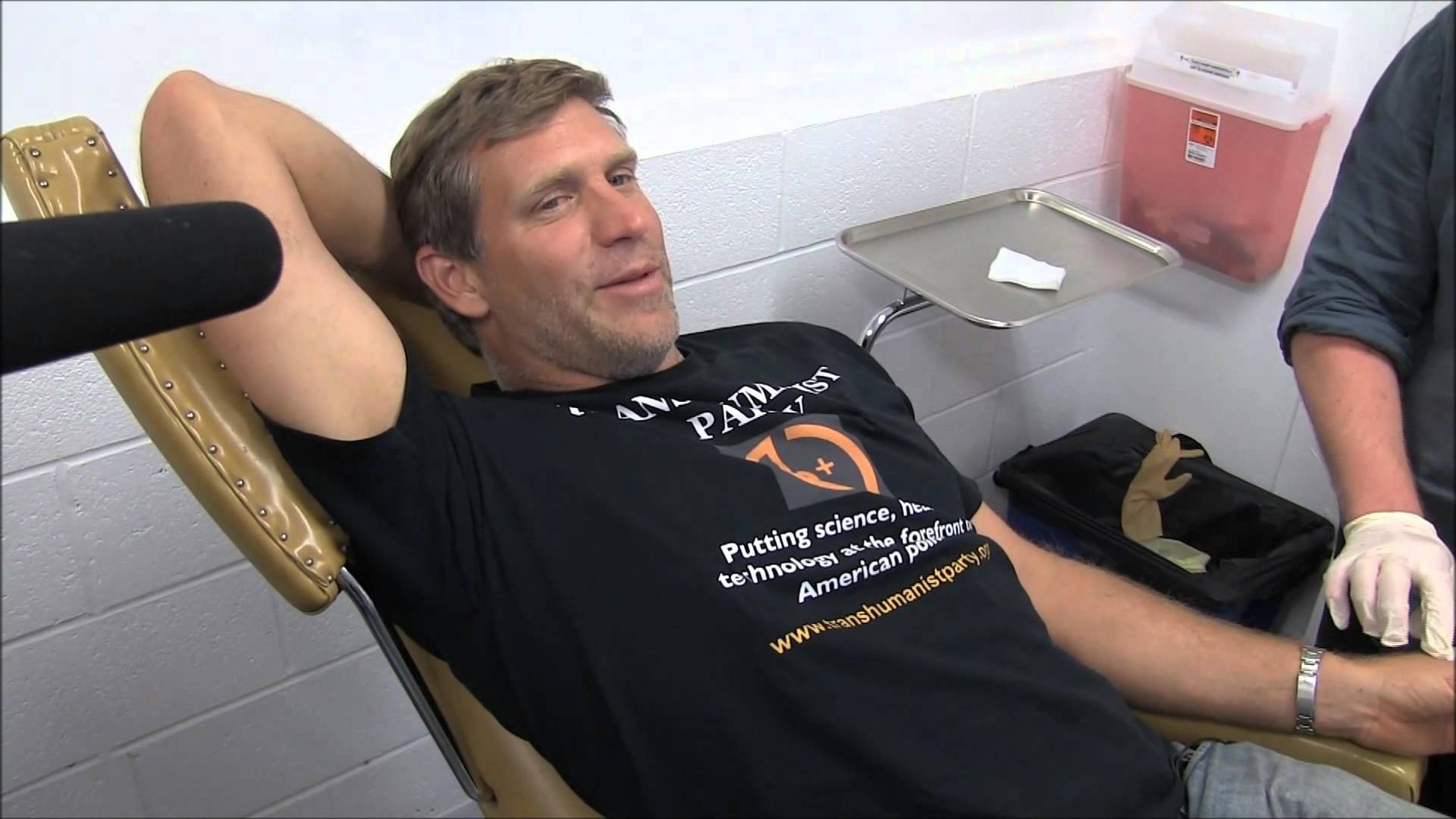
My new article for The Hufffington Post on whether transhumanism will change racism in the near future:

A future transhumanist? — CCO Public Domain
Continue reading “Will Transhumanism Change Racism in the Future?” »
Apr 7, 2016
SA innovation scientist wins space at Singularity University, wants to cure HIV
Posted by Karen Hurst in categories: biotech/medical, singularity
Nick Walker, an innovation scientist looking to stem cells for an HIV cure, has won the South African edition of the Singularity University Global Impact Competition (GIC), and with it the chance to attend a 10-week course at the prestigious innovation institution.
The scientist currently works at Next Biosciences, Africa’s leading stem cell laboratory and cryogenic biobank, based in Johannesburg, South Africa.
Walker completed his BSc, BSc (Hons, Cum Laude) and PhD at the University of KwaZulu-Natal in Pietermaritzburg. In his PhD work he focussed on the role of the extracellular matrix (ECM) on various aspects of myogenesis.
Continue reading “SA innovation scientist wins space at Singularity University, wants to cure HIV” »
Apr 7, 2016
Why We Should Teach Kids to Code Biology, Not Just Software
Posted by Karen Hurst in categories: biotech/medical, computing
Agree; this is our future.
Almost ten years ago, Freeman Dyson ventured a wild forecast:
“I predict that the domestication of biotechnology will dominate our lives during the next fifty years at least as much as the domestication of computers has dominated our lives during the previous fifty years.”
Continue reading “Why We Should Teach Kids to Code Biology, Not Just Software” »
Apr 7, 2016
Co-evolving Antivirals Aim to Keep Ahead of Fast-Changing Viruses
Posted by Karen Hurst in categories: biotech/medical, health
Zika. Ebola. Dengue. Influenza. Chikungunya. These are but a few among the growing cadre of viruses that today pose serious health threats to U.S. troops, as well as to civilian populations in the United States and around the world. Vaccines exist for but a few of these infectious diseases. And since these viruses have an uncanny ability to mutate and morph as they reproduce inside their hosts, those few vaccines that do exist are quickly outdated, providing little protection against the latest viral strains. That’s why flu vaccine manufacturers, for example, must produce new versions annually, at enormous expense and with variable year-to-year efficacy.
Ideally, to outpace evolving pathogens, a therapy or a vaccine would adapt in real time, shape-shifting as fast as its targets do. To pursue that radical approach, DARPA today launched its INTERfering and Co-Evolving Prevention and Therapy (INTERCEPT) program.
“We need a new paradigm to stay ahead of these moving targets,” said Jim Gimlett, DARPA program manager. “With INTERCEPT, the goal is to develop viral therapies that are effective against a broad spectrum of viral strains, and that can co-evolve and outpace new strains.”
Apr 7, 2016
Lithium study helps scientists unlock ageing puzzle
Posted by Shailesh Prasad in categories: biotech/medical, health, life extension
A common drug could hold the key to long life, in flies at least, according to research.
At low doses, lithium prolonged the life of fruit flies in lab experiments.
Scientists say the finding is “encouraging” and could eventually lead to new drugs to help people live longer and healthier lives.
Apr 7, 2016
HIV can develop resistance to CRISPR/Cas9
Posted by Karen Hurst in categories: biotech/medical, genetics
The CRISPR/Cas9 gene-editing platform may need a little bit more tweaking before it can be used as an effective antiviral, reports a study published April 7 in Cell Reports. Researchers who used CRISPR/Cas9 to mutate HIV-1 within cellular DNA found that while single mutations can inhibit viral replication, some also led to unexpected resistance. The researchers believe targeting multiple viral DNA regions may be necessary for the potential antiviral aspect of CRISPR/Cas9 to be effective.
Upon entry into a cell, HIV’s RNA genome is converted into DNA and becomes entwined with the cellular DNA. From here, CRISPR/Cas9 can be programmed to target a DNA sequence and cleave viral DNA. The problem is that HIV is notoriously good at surviving and thriving with new mutations, so while many viruses are killed by the targeted approach, those that escape the CRISPR/Cas9 treatment become more difficult to target.
“When we sequence the viral RNA of escaped HIV, the surprise is that the majority of the mutations that the virus has are nicely aligned at the site where Cas9 cleaves the DNA, which immediately indicates that these mutations, instead of resulting from the errors of viral reverse transcriptase, are rather introduced by the cellular non-homologous end joining machinery when repairing the broken DNA,” says senior study author Chen Liang, Senior Investigator at the Lady Davis Institute at the Jewish General Hospital and the Associate Professor of Medicine at the McGill University AIDS Centre.
Apr 7, 2016
Virtual reality puts patients on the road to recovery
Posted by Karen Hurst in categories: biotech/medical, virtual reality
Nice
Recovering mobility after a stroke or an accident can take a lot of hard work. Now a team in Manchester is using virtual reality to help patients get moving again.
Marge Brown cannot help the tears welling up in her eyes as she watches her husband stroll on a treadmill through a virtual wood he can see on the giant video screen in front of him.
Continue reading “Virtual reality puts patients on the road to recovery” »

